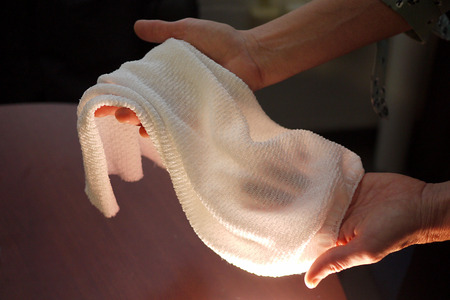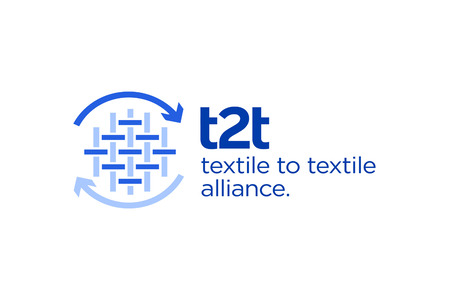
Fully integrated circuits can be directly printed onto fabric to wear
YarnsandFibers News Bureau 2017-11-10 17:00:00 – CambridgeThe researchers, from the University of Cambridge, working with colleagues in Italy and China, have demonstrated how graphene - a two-dimensional form of carbon - can be directly printed onto fabric to produce integrated electronic circuits which are comfortable to wear and can survive up to 20 cycles in a typical washing machine, opening up new possibilities for smart textiles and wearable electronics.
The new textile electronic devices are based on low-cost, sustainable and scalable inkjet printing of inks based on graphene and other two-dimensional materials, and are produced by standard processing techniques.
Dr Felice Torrisi of the Cambridge Graphene Centre, said that other inks for printed electronics normally require toxic solvents and are not suitable to be worn, whereas their inks are both cheap, safe and environmentally-friendly, and can be combined to create electronic circuits by simply printing different two-dimensional materials on the fabric.
Professor Roman Sordan of Politecnico di Milano said that digital textile printing has been around for decades to print simple colourants on textiles, but their result demonstrates for the first time that such technology can also be used to print the entire electronic integrated circuits on textiles. Although they demonstrated very simple integrated circuits, their process is scalable and there are no fundamental obstacles to the technological development of wearable electronic devices both in terms of their complexity and performance.
Most wearable electronic devices that are currently available rely on rigid electronic components mounted on plastic, rubber or textiles. These offer limited compatibility with the skin in many circumstances, are damaged when washed and are uncomfortable to wear because they are not breathable. The printed components are flexible, washable and require low power, essential requirements for applications in wearable electronics, said PhD student Tian Carey.
The work opens up a number of commercial opportunities for two-dimensional material inks, ranging from personal health and well-being technology, to wearable energy harvesting and storage, military garments, wearable computing and fashion.
The use of graphene and other related 2D material (GRM) inks to create electronic components and devices integrated into fabrics and innovative textiles is at the centre of new technical advances in the smart textiles industry. The teams at the Cambridge Graphene Centre and Politecnico di Milano are also involved in the Graphene Flagship, an EC-funded, pan-European project dedicated to bringing graphene and GRM technologies to commercial applications.
Turning textile fibres into functional electronic components can open to an entirely new set of applications from healthcare and wellbeing to the Internet of Things. In the future clothes could incorporate these textile-based electronics, such as displays or sensors and become interactive.
Market Intelligence
Ask for free sample Report

experience
Customer Base
dedicated team
Countries Served Worldwide









